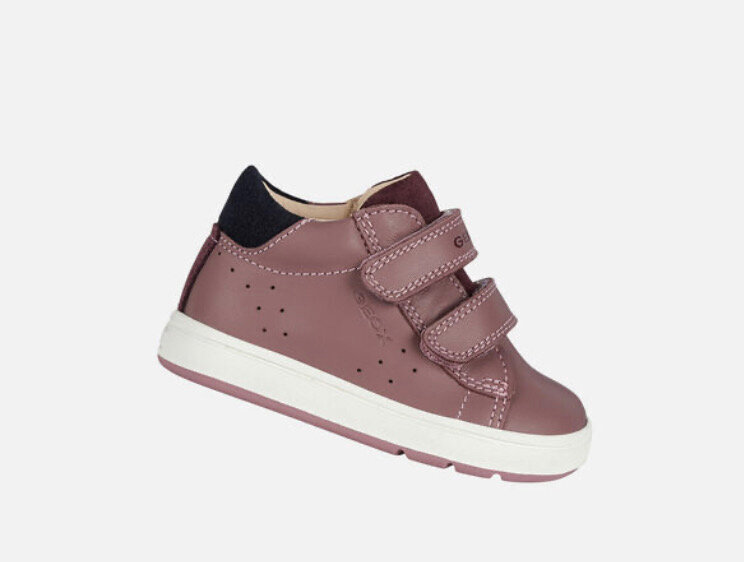Whether you’re leaning from home or in the classroom, there will be lots of running, jumping, and playing come September! Kids need shoes that are ready for just that!Please read below for a few hints to help with shoe shopping!
Even if you think that you already know your child’s size, try the next size up or down and check that they have an index finger width of space from their longest toe to the end of the shoe. Also consider the width of the shoe, a child’s heel should stay in place and not wiggle out of the shoe.
Pro tip- Remove the insole from the shoe, and have your child stand on the insole to get a better idea of how their foot fits in the shoe.
Every child needs a shoe that is ready to move with them. Choose a shoe that is light enough to be comfortable for the whole day, perhaps with cushioning for extra comfort, and sufficient traction to reduce falls. With reduced falls in mind, cross the Heelys off the list…the built-in wheels can lead to injuries and alter how your child walks.
What about the battle between Velcro and laces? If your child is not ready to begin tying their shoes and you want a fast and easy option, velcro shoes may be the right choice. Please avoid slip-on shoes that will likely lack proper foot support.
If your child uses orthotics or a foot brace, remember to bring these items along to the store! As stated in an earlier post, “overpronation is not just flat feet”. While all babies are born with flat feet, if your child is showing signs of overpronation, a combination of physiotherapy and orthotics could be beneficial for your child. If the feet are simply flatter, a shoe with a rigid heel can help stabilize this more flexible foot type. For a foot with a high arch, a flexible shoe with shock absorption can be a good option.
Happy shopping! If you have any questions about footwear, please do not hesitate to ask in the comment section!

